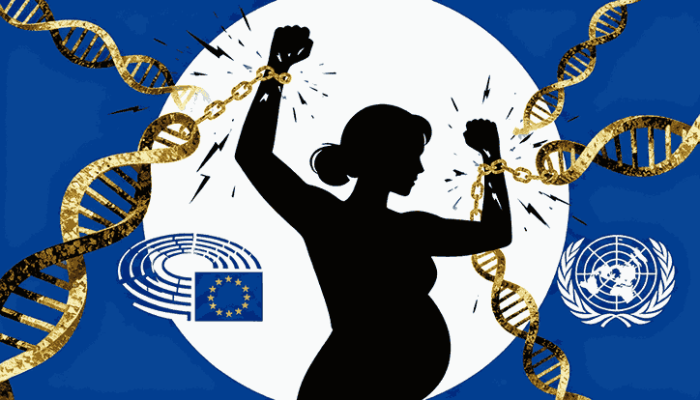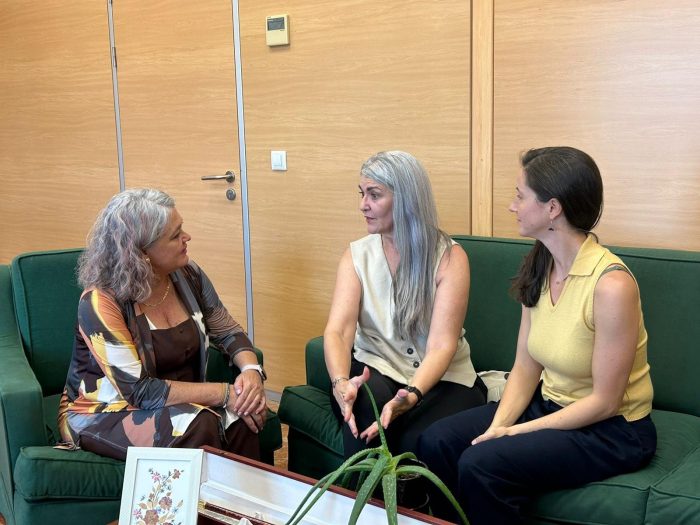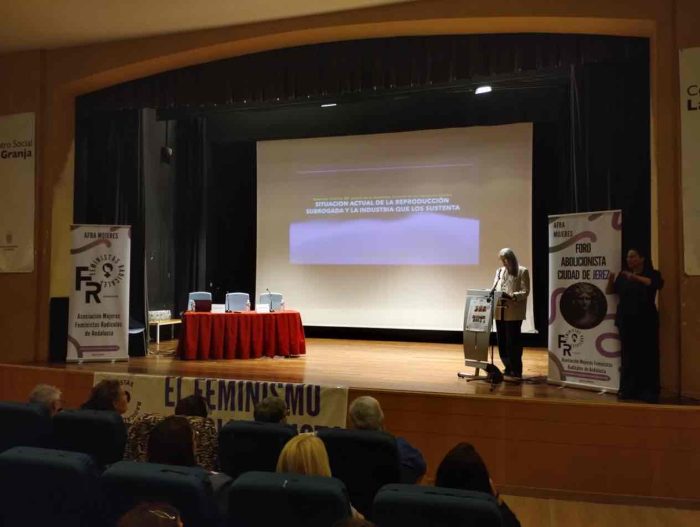
Esto sí existe
Esto sí existe. En España sigue circulando el mito de las “denuncias falsas”, repetido como un mantra cada vez que un hombre es acusado de violencia machista. Pero los datos oficiales desmontan esa narrativa: son residuales. Lo que sí crece, y apenas se nombra, son las denuncias instrumentales que agresores presentan contra sus exparejas para confundir el proceso, desgastar a la víctima y desactivar su protección. Un fenómeno oculto en las estadísticas, pero presente en los juzgados, que forma parte de la violencia procesal y del control coercitivo post-ruptura. Este artículo analiza cómo opera esta estrategia, qué advierten Fiscalía y juristas, y por qué es urgente que las instituciones empiecen a medir lo que realmente importa.

25NAboliciónAfra MujeresExplotación reproductivaExplotación SexualFeminismoFeminismo RadicalGestación SubrogadaTrataVientres de Alquiler
Rescatando el espíritu de la CEDAW: La lucha feminista contra la apropiación patriarcal
La CEDAW se escribió para proteger a las mujeres por nuestro sexo, no para diluirnos en identidades. Hoy la prostitución, la pornografía, los vientres de alquiler y la apropiación de nuestra categoría legal siguen siendo violencia patriarcal disfrazada de libertad.

El histórico informe de Reem Alsalem Relatora de ONU y la resolución del Parlamento Europeo contra la violencia reproductiva
La condena explícita de la gestación subrogada en la reciente resolución del Parlamento Europeo es un avance histórico para visibilizar y combatir esta forma de violencia estructural contra las mujeres. Condena que se suma al informe de la Relatora Especial de la ONU, Reem Alsalem, la resolución denuncia la explotación económica, física y psicológica que implica la subrogación, especialmente afectando a mujeres vulnerables. Reclama la abolición total de esta práctica y sanción a quienes lucran con ella, reivindicando la maternidad como un derecho libre y digno, no como un servicio mercantil. Este llamado urgente invita a repensar nuestras sociedades desde un enfoque feminista y de derechos humanos, defendiendo plenamente la dignidad, autonomía y justicia reproductiva de las mujeres..

Encuentro entre la Subdelegada del Gobierno Blanca Flores y AFRA Mujeres: compromiso y colaboración
El encuentro entre Feministas Radicales Andalucía (AFRA) y la Subdelegada del Gobierno, Doña Blanca Flores, ha sido un gesto de reconocimiento y apertura institucional. Una invitación que agradecemos profundamente y que refuerza nuestro compromiso de seguir colaborando con la Subdelegación en la construcción de una sociedad más justa, igualitaria y libre de violencias y explotación.

AboliciónAfra MujeresDerechos HumanosExplotación reproductivaFeminismoGPAmaternité pour autruiPonenciaSurrogacyVientres de Alquiler
Ponencia “Situación actual de la reproducción subrogada y la industria que los sustenta”
En el marco del I Foro Abolicionista Ciudad de Jerez, celebrado el 16 de octubre de 2025, Teresa Domínguez, Presidenta de la Asociación Mujeres Feministas Radicales de Andalucía (AFRA Mujeres), abrió el evento con su ponencia titulada "Situación actual de la reproducción subrogada y la industria que los sustenta".